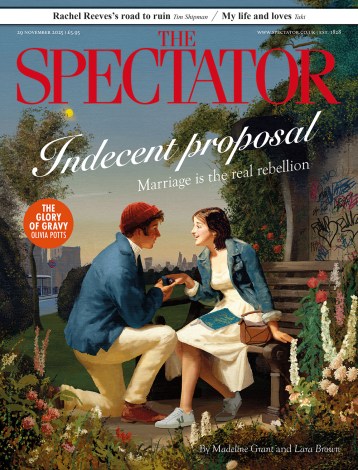Olympiad | 22 September 2016
The 42nd Chess Olympiad in Baku, Azerbaijan, ended in a narrow victory for the USA. Having tied with Ukraine, the American team qualified for the gold medals by virtue of a superior tie-break. The critical factor in the American success, their first gold medals in the Olympiad since 1976, was the acquisition for the team




















